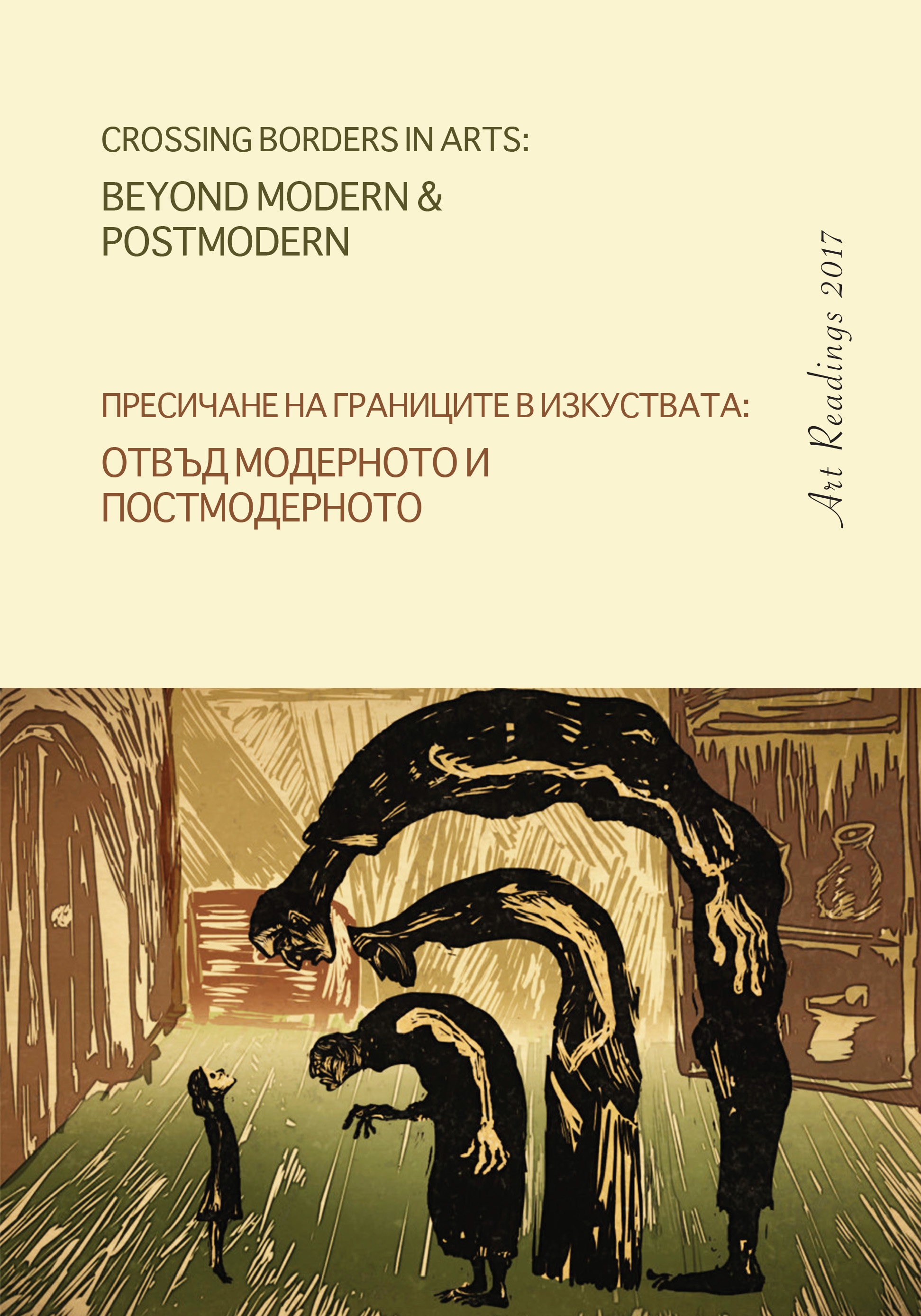Предизвикателствата в анимационните филми на Теодор Ушев: трансформации на „стария“ авангард
The challenge in Theodore Ushev’s animated films: transforming the ‘old’ avant-garde
Author(s): Nadezhda MarinchevskaSubject(s): History, Fine Arts / Performing Arts, Music
Published by: Институт за изследване на изкуствата, Българска академия на науките
Summary/Abstract: The international film festivals of animated film often boast of screening “avantgarde” movies. At the same time, a considerable part of these works cannot be defined as true vanguard films for the simple reason that they literary replicate artistic styles of decades ago and suffer the lack of innovative ideas. In this massive trend of movies based on the destruction of traditional storytelling and pretending to suggest original visual solutions here and there happy exceptions can be seen. Theodore Ushev, a Canadian-based animation artist of Bulgarian origin, is such an example. His films often quote the Russian constructivism (Tower-Bawher, 2005), Käthe Kollwitz’s etchings and lithographs (Gloria Victoria, 2010), Joan Miro’s surrealistic worlds (Sonàmbulo, 2015), the works of “the first postmodernist in cinema” Arthur Lipsett (Lipsett Diaries, 2010) or the visual styles in linocuts (Blind Vaisha, 2016). Ushev’s works nevertheless do not simply reproduce the avant-garde forms but transform them into a new type of contemporary art challenging the traditions themselves and their present-day interpretations as well. Ushev’s films cross over national traditions mixing Bulgarian, German, Russian, French, Spanish, American, etc. motifs into an amalgam of a global trotter’s message. Very intense and sometimes even extreme, Theodore Ushev’s abstract or figurative images are always full of energy and emotion of such a power that they could never be labeled as postmodernist.
Journal: Изкуствоведски четения
- Issue Year: 2017
- Issue No: 2
- Page Range: 162-172
- Page Count: 11
- Language: English, Bulgarian
- Content File-PDF

